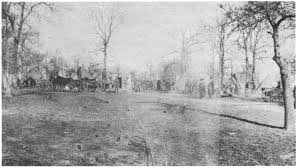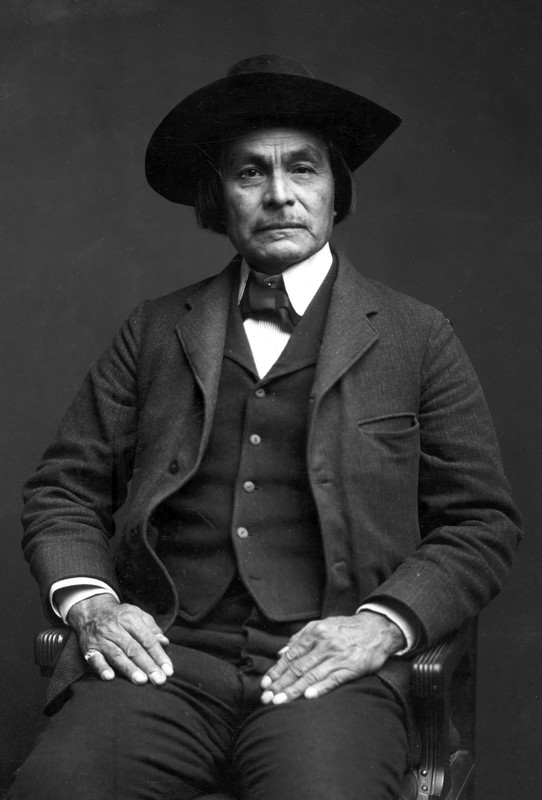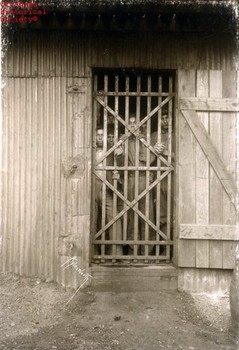Crazy Snake Rebellion
Introduction
Text-to-speech Audio
This event was said to have been in Mcintosh County, Oklahoma. It started in the late 1800s when a Creek leader named Chitto Harjo and hundreds of full blood creeks wanted to resurrect and to preserve tribal land and customs. The Creek nation also included African American men that joined the rebellion. The Creeks refused to sign allotments the year 1893, which would be one of the major factors that caused this battle between natives, and whites. This irritated the the government, other Indian nations agreed with signing the allotments, while others did not and caused an uprising between the natives and white people.
Most of the natives continued to stay in their former homes instead of agreeing with the allotments. Chitto Harjo and his members would discuss the matter at Hickory Ground. Which was allotted to individual Creeks. In 1909 some whites accused Harjo that some of his followers had stolen meat from a nearby farmhouse. Some of the African Americans that stayed at Hickory Ground were guarding it, but eventually there were shots heard nearby a farmhouse. Around 42 men were arrested were connected with Harjo. The panic from the newspapers which would exaggerate some stories saying that Indians were causing all the bloodshed, and violence in the country,caused people to speculate that Creeks, and African Americans were working together against white people.
Eventually deputies would ask for Harjo's arrest, and also claiming that Indians were shooting, and causing all the violence. Some people also claim that some of the shots were also fired from Harjo, but apparently he was unarmed, and escaped the area. Most of the snake's members would continue to not accept allotments, and also destroying survey equipment. The whole cause of this situation was the refusal of allotments, Harjo wanted to have land the way it was before when Indians lived the way their ancestors did, which would then just cause disagreement between different groups. And also led to some alleged violence some true some not.
Images
This is where the conflict between the Creeks and the white people had. https://www.jstor.org/stable/40168759?seq=8#metadata_info_tab_contents

Chitto Harjo is this man also known as crazy snake, the leader of the uprising. https://www.okhistory.org/images/enc/3905.jpg

The photo shows some of Crazy Snake's members in jail. https://www.okhistory.org/images/enc/CR004C.jpg

Sources
Kenneth W. McIntosh, "Crazy Snake
Uprising," The Encyclopedia of Oklahoma History and Culture,
https://www.okhistory.org/publications/enc/entry.php?entry=CR004
Littlefield, Daniel F., and Lonnie E. Underhill. “The ‘Crazy Snake Uprising’ of 1909: A Red,Black, or White Affair?” Arizona and the West, vol. 20, no. 4, 1978, pp. 307– 324. JSTOR,www.jstor.org/stable/40168759.
